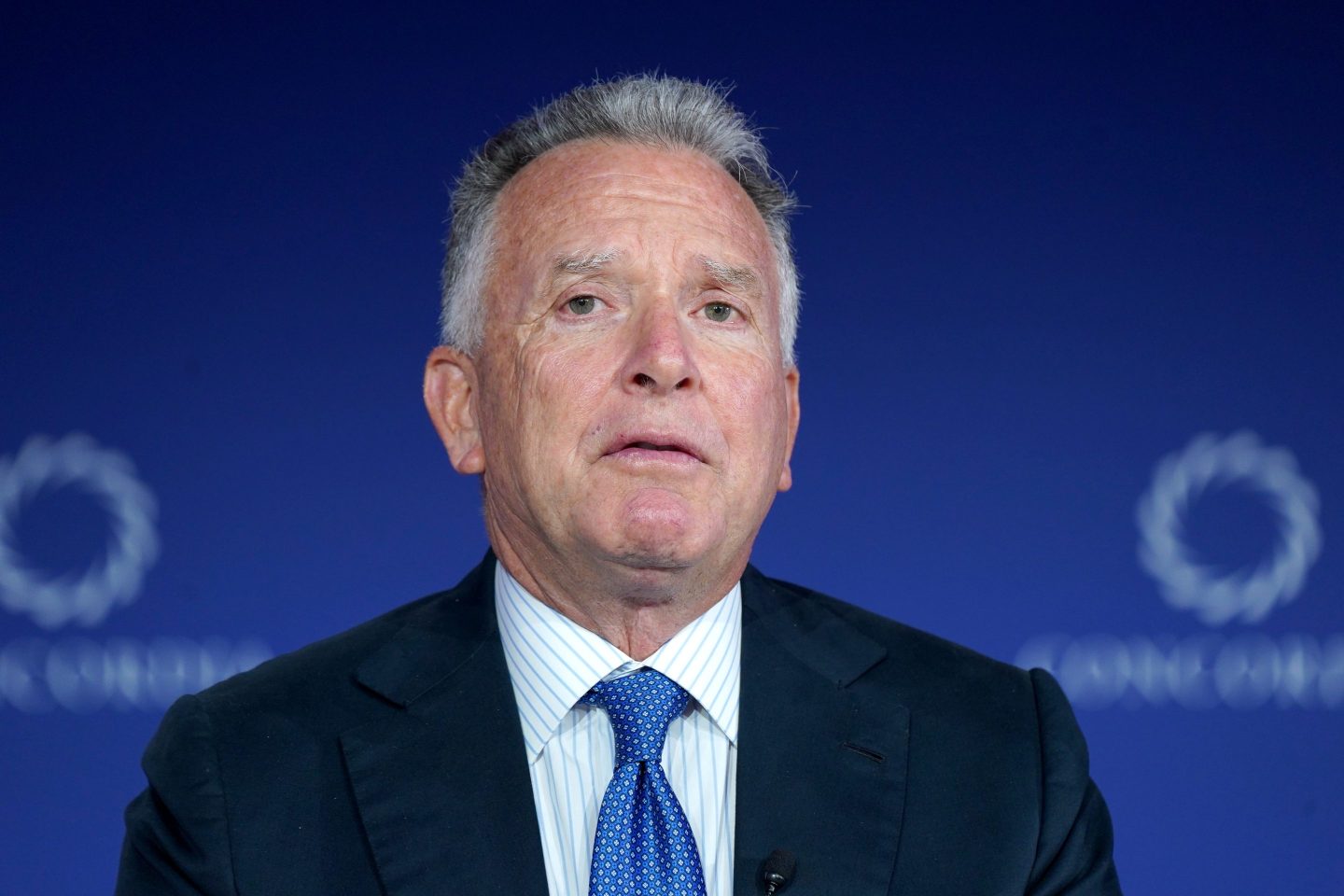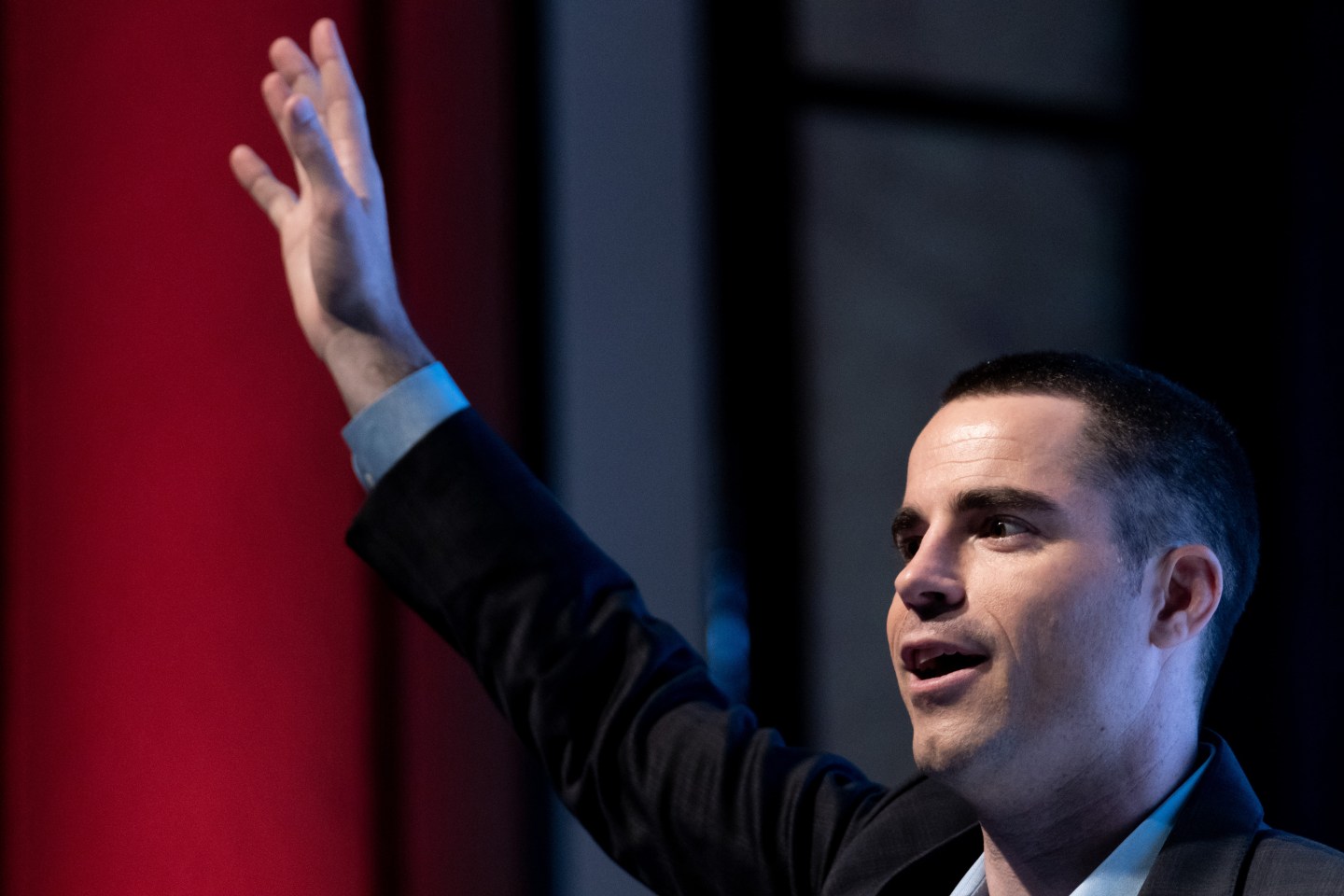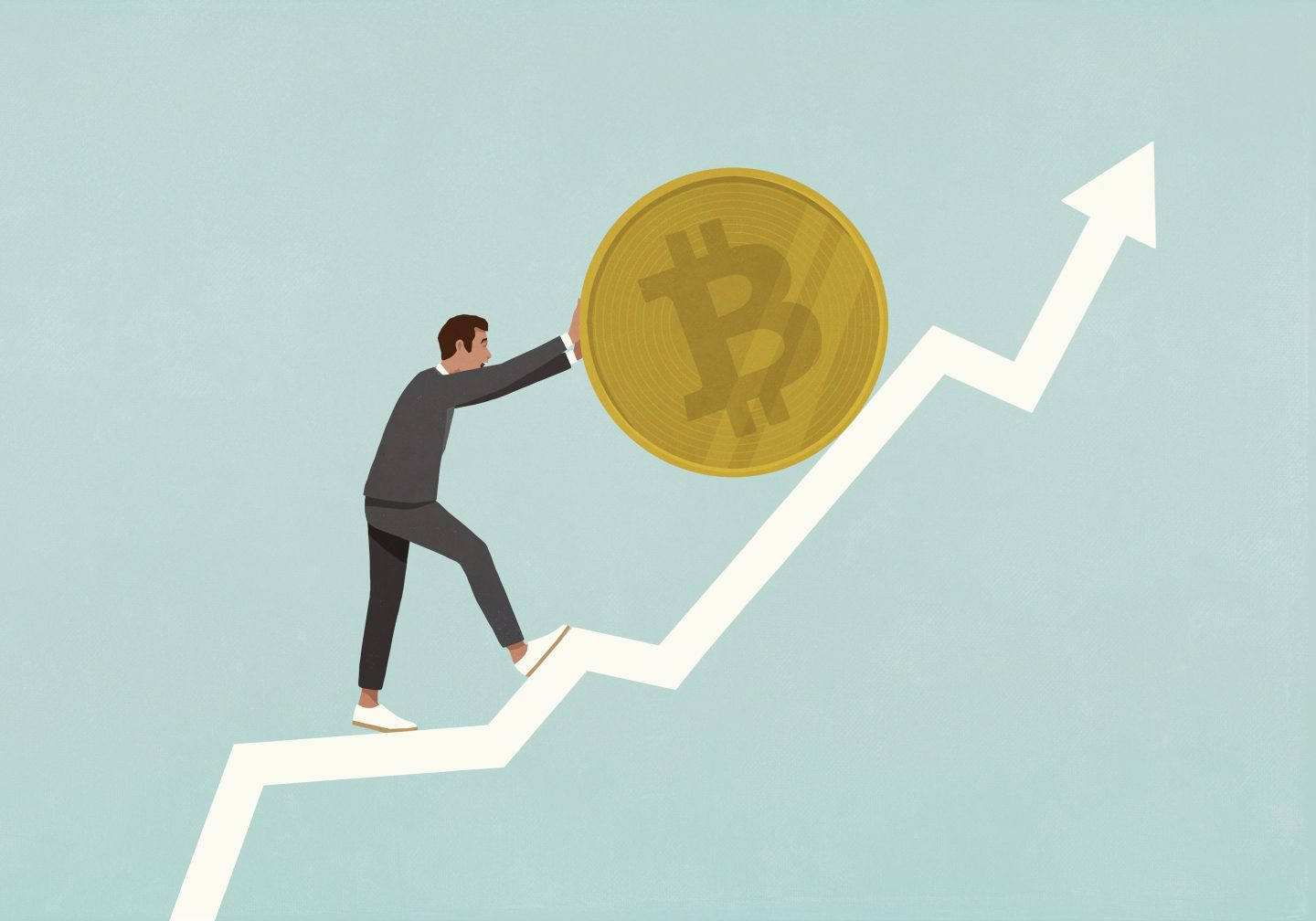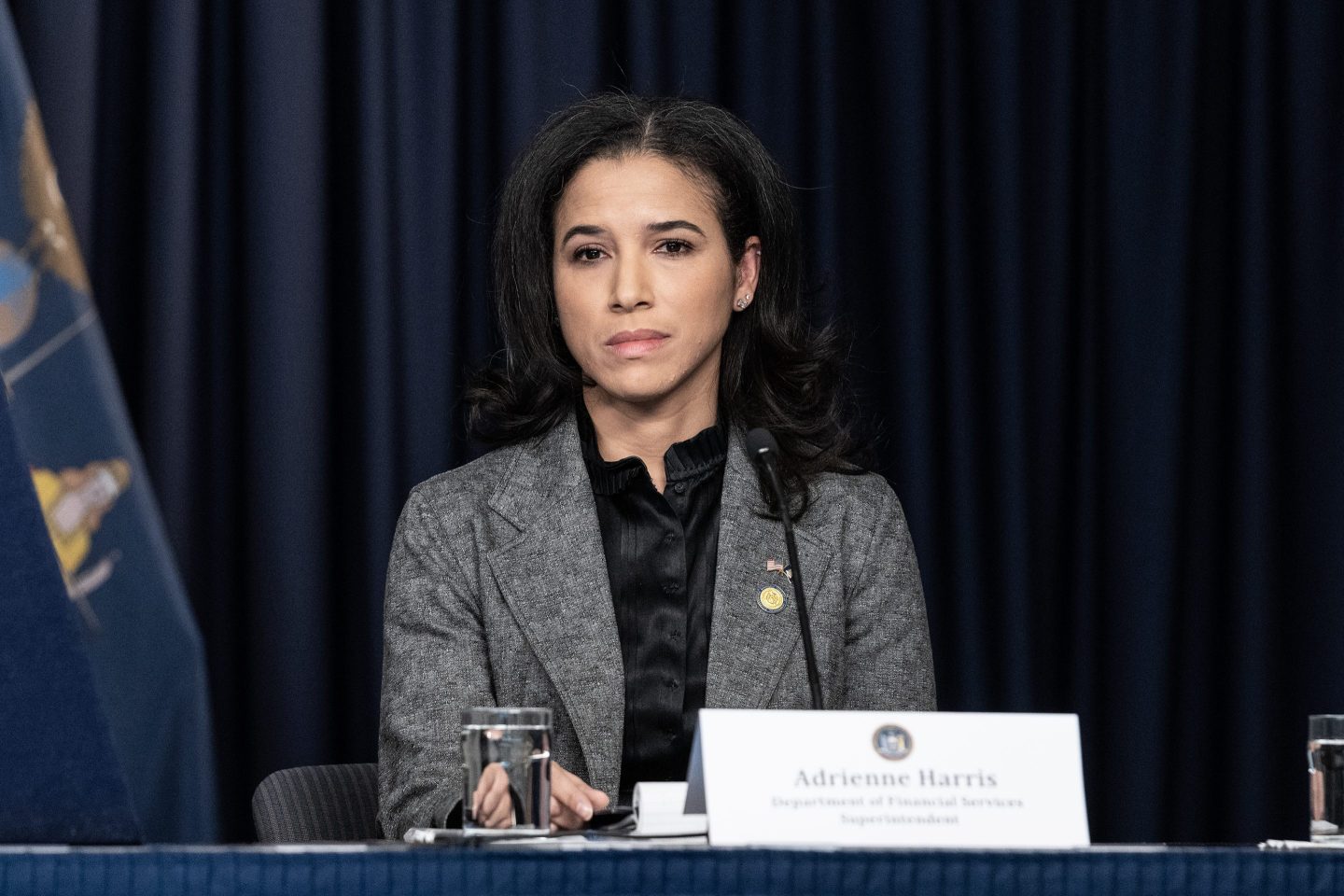The crypto industry achieved a longtime wish on Thursday evening as President Donald Trump signed an executive order to authorize the creation of a strategic Bitcoin reserve and digital asset stockpile. David Sacks, the White House’s AI and crypto czar, announced the news on X: “This executive order underscores President Trump’s commitment to making the U.S. the ‘crypto capital of the world’.”
The federal government will not buy Bitcoin to establish the reserve, said Sacks. It will pull from cryptocurrency the government has already seized as part of existing criminal and civil forfeitures. That amounts to around 200,000 Bitcoin, or about $17.4 billion, Sacks stated, adding that “[t]he reserve is like a digital Fort Knox for the cryptocurrency often called ‘digital gold’.”
Bitcoin’s price dived more than 5% to below $85,000 shortly after the announcement before rebounding to $88,000 two hours later.
The U.S. will also create what Sacks called a digital asset stockpile, which consists of cryptocurrencies other than Bitcoin that the U.S. has obtained through criminal and civil forfeitures. The AI and crypto czar did not specify how much in cryptocurrency other than Bitcoin the federal government currently holds. He also did not specify which cryptocurrencies would be part of the stockpile.
As recently as Sunday, Trump said that a U.S. crypto reserve would include the cryptocurrencies XRP, Cardano, Solana, and Ethereum.
“President Trump promised to create a strategic Bitcoin reserve and digital asset stockpile,” wrote Sacks. “Those promises have been kept.”
The White House’s press office did not immediately respond to a request for comment.
Sacks’s announcement follows months of speculation over whether Trump would make good on his campaign promise to the crypto industry after he courted crypto billionaires in the run up to the 2024 presidential election.
Trump made the pledge at Bitcoin 2024, a crypto conference in Nashville, Tennessee, where he promised attendees that he’d create a reserve of the world’s largest cryptocurrency, akin to the gold the U.S. holds at Fort Knox, a vault adjacent to a military base. On numerous occasions in recent years, the U.S. Marshals Service has sold off Bitcoin seized from criminals but, if the government were to sell off a substantial portion of its holdings, the rush of supply would likely tank the price of the world’s largest cryptocurrency.
Bitcoiners flocked to Trump, and many crypto executives donated to his campaign. They included Jesse Powell, the co-founder and chairman of crypto exchange Kraken, as well as Tyler and Cameron Winklevoss, the founders of the crypto exchange Gemini.
After Trump won the presidential election, he appointed Sacks as his AI and crypto czar, signed a pro-crypto executive order, and welcomed crypto executives into the White House.
In his announcement of the strategic Bitcoin reserve, Sacks said that the U.S. is “authorized to develop budget-neutral strategies for acquiring additional Bitcoin.” He didn’t say that the federal government had the same powers to explore purchases regarding its digital asset stockpile.
“PROMISES MADE, PROMISES KEPT,” he wrote.
Update, March 6, 2025: This article has been updated with a sentence describing how Bitcoin’s price reacted to Sacks’s announcement as well as a paragraph delineating the distinction between a reserve and stockpile.












